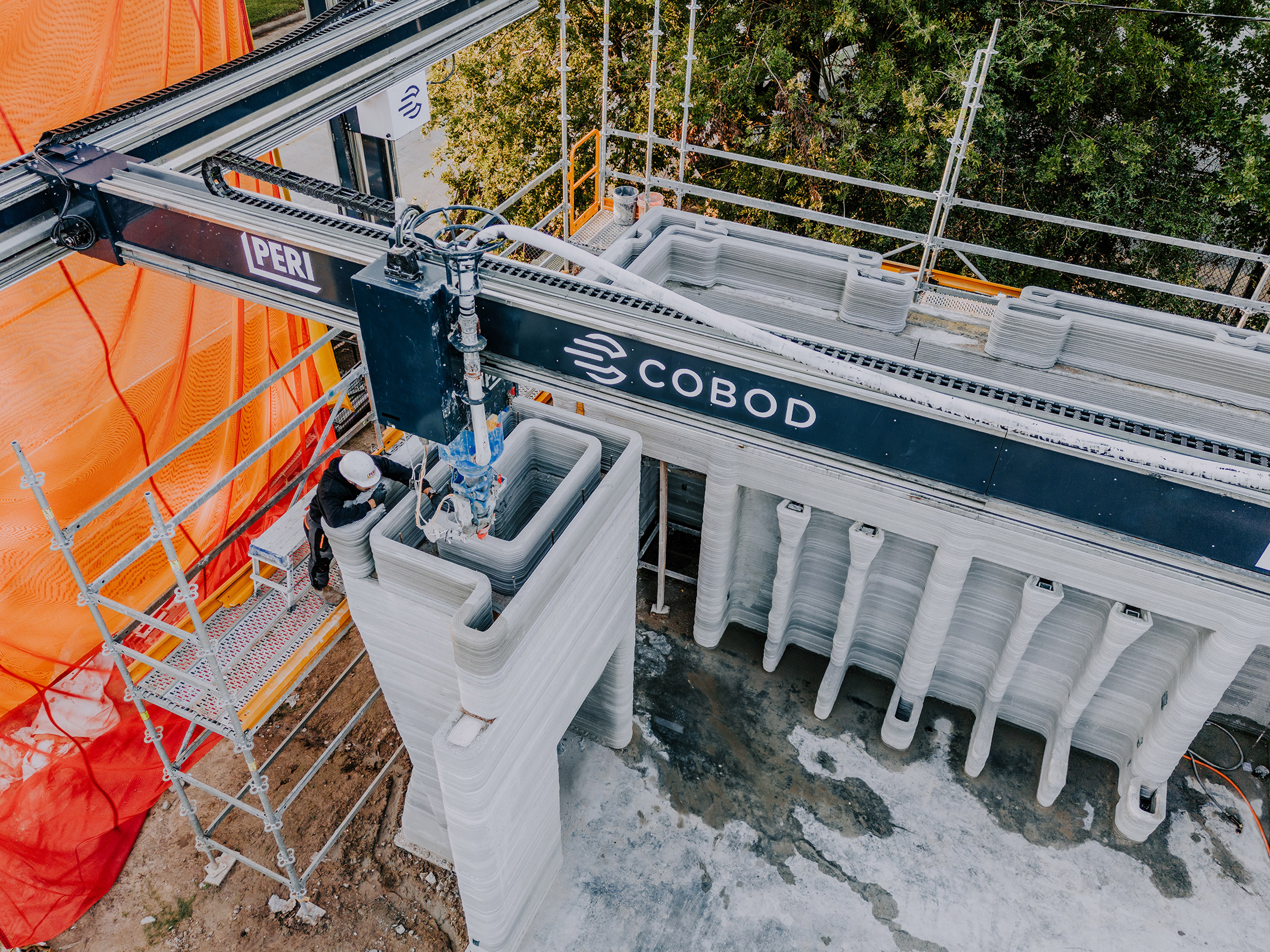Stephen Weaver is a Grove City College Alumni who graduated in 2019. He is now working in sales development for a new startup named Nearpod. Nearpod focuses on bringing innovative virtual classrooms. Their goal is to “Foster a love of learning in every student and create active learning experiences students can’t wait to be a part of.” Virtual classes have become extremely important especially in hard times such as Covid-19. Covid shut down many schools who were forced to find new ways of integrating interactive learning with students stuck at home or in quarantine. Nearpod’s platform ensures that no student is left behind and emphasizes that “Learning never stops.” With many other competitors, Nearpod differentiates itself by allowing access to over 22,000 lessons and videos as well as interactive activities in a plethora of courses.
Weaver doesn’t spend the entirety of his time working with innovating Nearpod. He is blessed with free time to focus on his own business ventures. In his free time, he has been working on a project involving 3d printed homes. Weaver’s goal is to provide the homeless and poor countries of the world with cheap and innovative housing. 3d printed housing has been slowly making itself known but is far from perfection. 3d Printed houses focuses on placing foundations, walls, floors, and stairs through a form of material such as cement pushed through a large programmable 3d printer. These massive 3d printers build a home layer by layer which can be time consuming but is extremely efficient.
Google’s 80/20 rule strongly resonates to this idea of having time allotted to your own ideas, thoughts, and ventures. Google lets their engineers focus 20 percent of time to one’s own ideas and projects. This is key for all workers and especially entrepreneurs with keeping a creative mindset. Without it, one’s natural internal drive and passion and work moral can diminish. Weaver is blessed with the free time to focus on his own ideas and has put it towards a great cause that will hopefully take off!


Source: Nearpod: Foster a love of learning in every student
More about Stephen Weaver: Alumni Corner | Grove City College Center for Entrepreneurship + Innovation (gccentrepreneurship.com)
